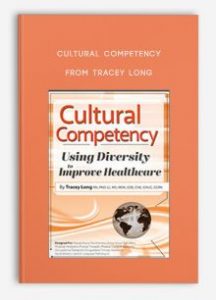 Cultural Competency from Tracey Long
Cultural Competency from Tracey Long
More information about Medical:
Medicine is the science and practice of establishing the diagnosis, prognosis, treatment, and prevention of disease.
Medicine encompasses a variety of health care practices evolved to maintain and restore health by the prevention and treatment of illness.
Contemporary medicine applies biomedical sciences, biomedical research, genetics, and medical technology to diagnose, treat, and prevent injury and disease,
typically through pharmaceuticals or surgery, but also through therapies as diverse as psychotherapy, external splints and traction, medical devices, biologics, and ionizing radiation, amongst others.
Medicine has been around for thousands of years, during most of which it was an art (an area of skill and knowledge) frequently having connections to the religious and
philosophical beliefs of local culture. For example, a medicine man would apply herbs and say prayers for healing, or an ancient philosopher and physician would apply bloodletting according to the theories of humorism.
In recent centuries, since the advent of modern science, most medicine has become a combination of art and science (both basic and applied, under the umbrella of medical science).
While stitching technique for sutures is an art learned through practice, the knowledge of what happens at the cellular and molecular level in the tissues being stitched arises through science.
Description:
Tuyet, an 8-month-old Vietnamese girl, presents to the Emergency Room with a 4-day history of fever, diarrhea and vomiting. She appears dehydrated and listless. Her mother states that this is the second time this month that Tuyet has been sick. She thinks it is because Tuyet was “exposed to the wind”. There are dark ecchymotic stripes on her back. Her 4 brothers and sisters are at home with their father. He is a temporary worker and they have no insurance. Tuyet is admitted to the pediatric unit and a Social Services referral is made.
- Do you know what healthcare beliefs the family subscribes to?
- What caused the marks on Tuyet’s back?
- What barriers to healthcare can you identify?
We face questions like these and many more on a daily basis in all healthcare settings. Cultural competency is critical to reducing health disparities and improving access to high-quality health care, health care that is respectful of and responsive to the needs of diverse patients. Join expert, Tracey Long, RN, PhD (c) MS, MSN, CDE, CNE, CHUC, CCRN, for this interactive seminar and learn practical strategies that will improve patient outcomes, advance your own skills and enhance your personal satisfaction by increasing your own cultural competence for your unique role in the health care setting.
OUTLINE
Demographics and Diversity in America
- Defining cultural competence
- Approaches towards cultural competence
- Solutions for health disparities in underserved communities
Cultural Beliefs, Values & Practices
- Increasing awareness of personal and organizational bias
- Avoiding stereotypes
- Components of culture
- Major ethnic groups in America
- Nontraditional cultural groups
Establishing Trust and Rapport
- Identifying decision makers
- Collaborating with families
Communicating Across Cultures
- Understanding verbal & non-verbal cues
- Effectively using Interpreters
- What qualities are important in an interpreter
- When and how can they be used
- Legal and ethical considerations
Clinical Implications and Considerations
- Assessing cultural health care beliefs:
- Immunizations
- Blood transfusions
- Preventative care
- Genetic risks related to ethnicity
- Tay-Sachs disease
- Sickle cell
- Disease prevalence
- Cancers
- Heart disease
- Infant mortality
- Pregnancy and childbirth
- Effects of female genital mutilation
- Establishing care for immigrants and refugees
- Health care system barriers
- Tuberculosis
- HIV/AIDS
- Parasites
- Hepatitis B
- Malaria
- Strategies to incorporate cultural rituals into the inpatient setting
Challenges in Compliance
- Treatment efficacy
- Patient education
- Patient adherence strategies
- Obesity
- Diabetes
- Hypertension
Alternative Medicine
- Traditional herbs
- Using ETHNIC
- Explanation, Treatments, Healers, Negotiate, Intervention, Collaboration
End of Life Practices
- Family expectations & responsibilities
- Advanced directives & DNR
- Communicating bad news
Dietary Modifications
- Incorporating dietary beliefs into the plan of care
- Overcoming dietary restrictions
- Importance of patient education
- Lactose intolerance
Patient Education
- Teaching & Learning principles
- Customizing educational materials
- Assessing outcomes
Healing ~ a Religious & Spiritual Experience
- The power of core values
- Religious perspectives
- When religious values conflict
OBJECTIVES
- Create an environment that welcomes diversity in your work setting.
- Utilize effective communication techniques to establish rapport, gain improved understanding and create trusting relationships.
- Identify various cultural assessment methods.
- Collaborate with patients to include family members, healing practices and healers.
- Facilitate discussion about birth and end-of-life beliefs and decisions.
- Develop opportunities to find common ground with patients, families & colleagues.
- Generate cultural learning opportunities that meet the educational needs of diverse populations and ages.
- Identify the various clinical implications when incorporating cultural beliefs into the plan of care.
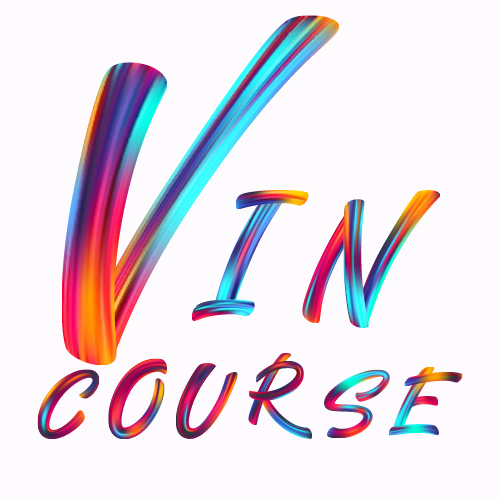

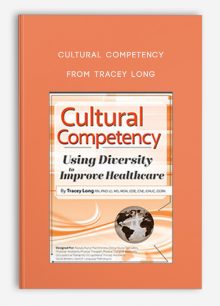

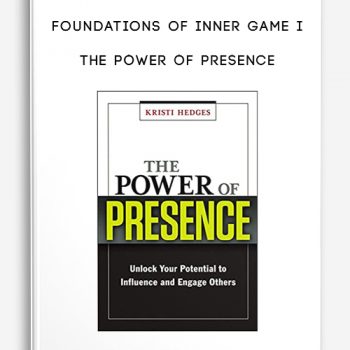
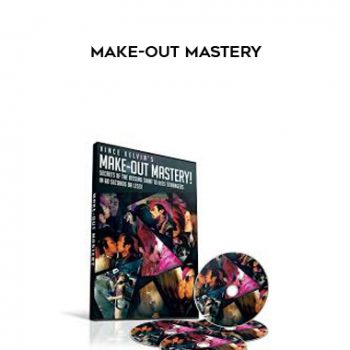
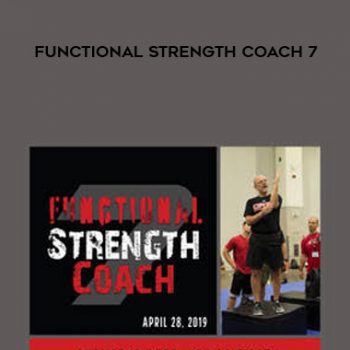
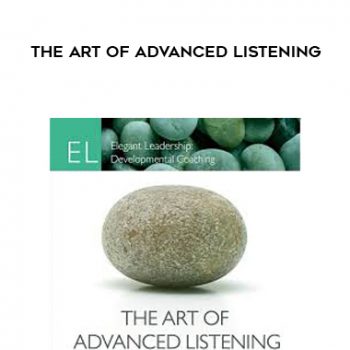
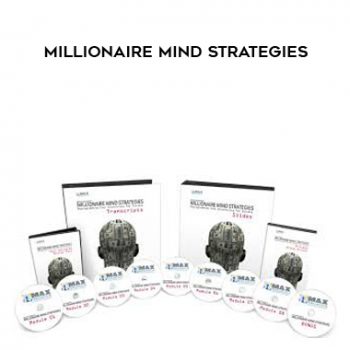



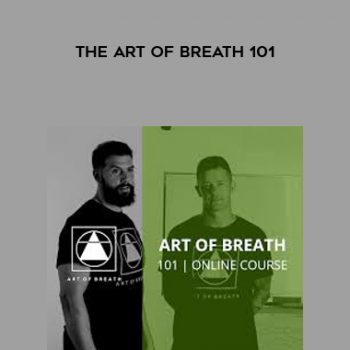
tristian –
This is Digital Download service, the course is available at Coursecui.com and Email download delivery.